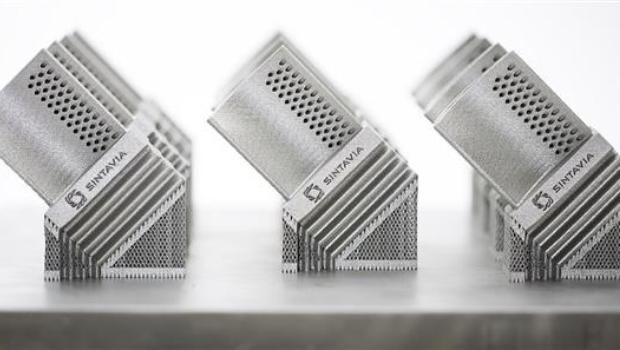Metal 3D printing could be one of the most promising aspects of additive manufacturing and if achieved successfully, could be a major technological breakthrough. It will cut down cost majorly in fields like aerospace.
Metal 3D printing, however, has a number of shortfalls. From material limitations to qualifications problems, it has many barriers to cross. Another 3D printing hazard faced by this industry is part size production. SLM Solutions a German manufacturer has devised an SLM280HL 3D printer. This printer has large 280x280mm build plates which can 3D print larger aerospace parts.
The Germans have devised the 12.21 x 8.74 x 8.66-inch titanium aircraft component, in just 6 ½ days, one of the largest 3D printing components till date. The printer is equipped with dual 400W lasers and its dual laser setup creates an overlap space allowing quicker building. Moreover, tests have revealed that quality doesn’t suffer using the overlap technology. With the manufacturing of this equipment, the SLM printer has succeeded on grounds of weight, cost, and speedy performance. The SLM machine could run continuously for that span of time without the need of cleaning or interruptions.
Located in Lübeck, Germany, SLM Solutions Group AG is a company engaged in metal 3D printing systems. Their 3D printers are being used in aerospace, energy, healthcare and automotive industries. SLM Solutions’ recently revealed its fantastic sales figures for 2016. GE has shown considerable interest in SLM and launched a $1.4 billion takeover bid for SLM and their Swedish competitors Arcam.
Richard Gryllis the metallurgist and applications engineer at SLM said that though the cost of production went high, they were extremely fast in manufacturing the component, which would have otherwise taken numerous days. He also said that they were working on technologies to develop more parts for aerospace and automotive industries. Moreover, the weight of these components can be reduced by 7% using this technology.
Source: 3ders.org
